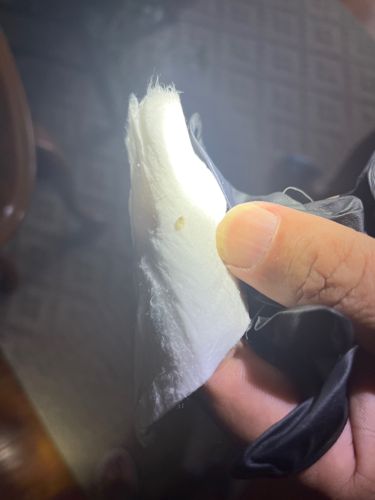Case-bearing Clothes Moth
Scientific Name: Tinea pellionella
Order & Family: Lepidoptera (moths and butterflies), Tineidae (fungus moths and clothes moths)
Size: Larvae can grow up to 10-14 mm in length. Adults have a wingspan of approximately 10-14 mm.

Natural Habitat
These moths are commonly found in human dwellings, particularly in closets, attics, storage areas, and any place where natural fiber textiles and materials are stored, such as carpets, upholstered furniture, and clothing made of wool or silk.
Diet & Feeding
The larvae of the case-bearing clothes moth primarily feed on natural fibers, including wool, silk, fur, feathers, and various animal products such as hair and felt. They can also consume synthetic blends if natural fibers are present.
Behavior Patterns
Case-bearing clothes moth larvae are known for spinning a silk case, often incorporating fibers from their environment, which they carry with them as they feed and grow. They are slow-moving and prefer dark, undisturbed areas. Adults are weak fliers and are attracted to light.
Risks & Benefits
The primary risk associated with case-bearing clothes moths is the damage they cause to textiles, clothing, carpets, and other items made of natural fibers. They do not pose a direct health risk to humans. There are no known significant benefits from this insect; they are generally considered pests.
Identified on: 8/13/2025